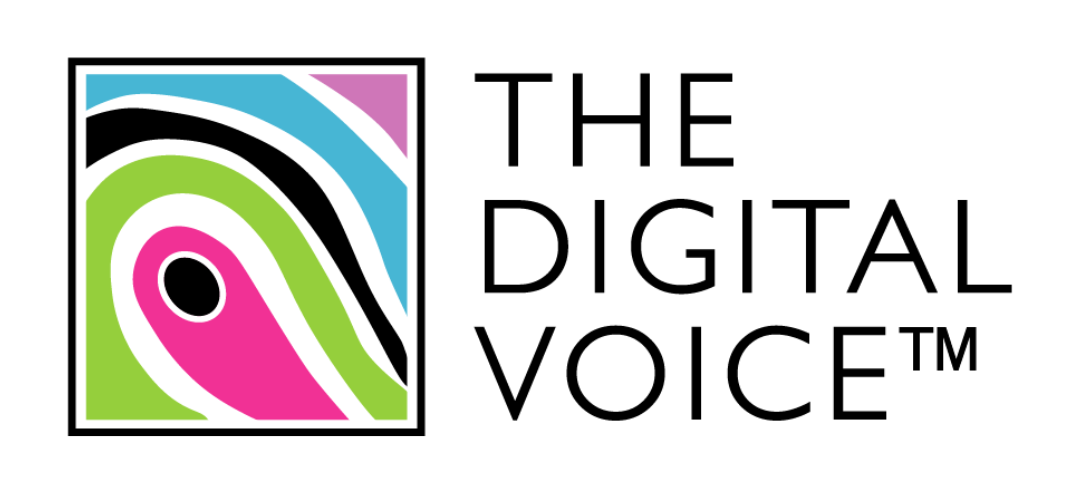The partnership economy hits the high street

Partnership management platforms are no longer the preserve of high-tech companies, and are being adopted by some of the largest, best established brands on the high street. Owen Hancock, Regional Vice President, Marketing - EMEA at impact.com, tells us how this innovative form of marketing has made it mainstream
For a number of years, the partnership economy has been the rising star of the digital marketing world, and when we see companies using partnership platforms to
boost enterprise revenue by 25%, it’s easy to see why.
Given the speed of innovation and the advanced tech that powers these platforms, tech startups have always brought an inherent understanding of how best to process and analyse the data these platforms produce. Early pioneers of the partnership economy, for example, included the likes of Uber and eBay.
But the tech domination of partnerships is no longer nearly so pronounced, and with huge high-street brands such as John Lewis, B&Q, Tesco and TUI turning to partnership platforms to drive their marketing campaigns, 2024 looks to be the year that this hugely exciting, creative form of marketing takes to the mainstream.
How did we get here?
To understand how we got here - and why large, consumer-facing, high-street brands are finally embracing the partnership economy - we have to go back in time.
Many of impact.com’s earliest customers - including numerous tech-driven brands - have now been using the company’s partnership management platform for over ten years. In the intervening time, platforms have evolved, both in what they offer, and how they offer it. The products are now more refined, simpler to use and more powerful than ever.
Yet that wasn’t always the case, and in its earliest incarnation, the partnership economy most benefited tech startups comfortable with handling large data sets. These were companies that had the capability to process significant quantities of information, and to use it to analyse and optimise their marketing campaigns.
By their nature, these companies, and others like them, were highly dynamic, and not held back by legacy systems or processes. They were able to adapt quickly, and they generally had no high-street presence, so could manoeuvre quickly and react fast to changes in consumer and audience behaviour. They were also primarily digital offerings, so they benefited from a future-focused culture that actively sought progress.
The move mainstream
In other words, these were tech companies that understood what good tech looked like, and as a result became early flag bearers for the partnership economy. Again and again, tech companies are proven to be early adopters of successful, innovative technologies.
For example, financial services SaaS company Stripe launched in the UK in 2013. Today,
over 300 ventures launch every day in the UK with Stripe - which has an impact.com integration - and the company processes close to a billion transactions a year for its customers.
In many ways, the rise of partnership marketing has mirrored Stripe’s success, and many of impact.com’s earliest customers,
including the likes of Revolut, have been with the company since the dawn of the partnership economy. Increasing numbers of established UK high-street brands have noted the performance potential in partnership marketing, and are making the switch away from more traditional practices, including affiliate networks.
The partnership edge
Companies like Revolut, Spotify, and Uber may have pioneered new partnership types such as brand-to-brand, in-app, or customer referral - but these are no longer the preserve of pioneers. Companies of all sizes and maturity levels have access to a huge variety of partnership types and this diverse array is allowing brands to increase sales, consumers and awareness and engagement.
Large high-street retailers like B&Q are taking advantage of this opportunity, recognising that their partnership programmes can be made up of more than just traditional affiliates like cashback sites and or discount codes. They are embracing the broader partner types in the partnership economy,
such as influencers, to help drive faster growth.
Tech makes it happen
Whilst tech companies may have pioneered new partnership types, the partnership economy offers brands of all sizes many different ways to engage their audience with truth and authenticity.
To be able to manage such a variety of different partnership types, brands need a technology that is flexible (and powerful) enough to support the unique needs of each partnership type.
However, with such a range of partnerships on offer, this might become overwhelmingly complex for brands to manage on a day-to-day basis. That’s why high street brands are increasingly using partnership management platforms that - like some of the most successful businesses in history, such as Apple and Dyson - simplify life by using cutting edge technology.
In the 2010s the partnership economy was nascent but growing fast as innovative tech companies took up the mantle, yet still a niche marketing format many brands were yet to explore. That changed in the early 2020s as corporate giants recognised the power and potential offered by the partnership economy, and started to join the early adopters in embracing it. Now - in the mid-2020s - those still using legacy affiliate networks need to avoid becoming the laggards of the partnership ecosystem, and switch over to this exciting form of digital marketing.
Also published in:
Performance Marketing World



